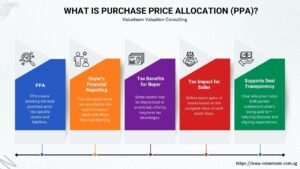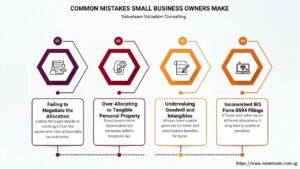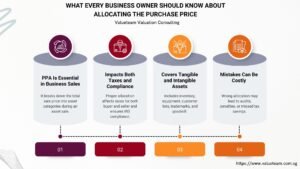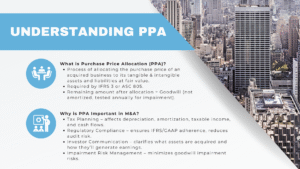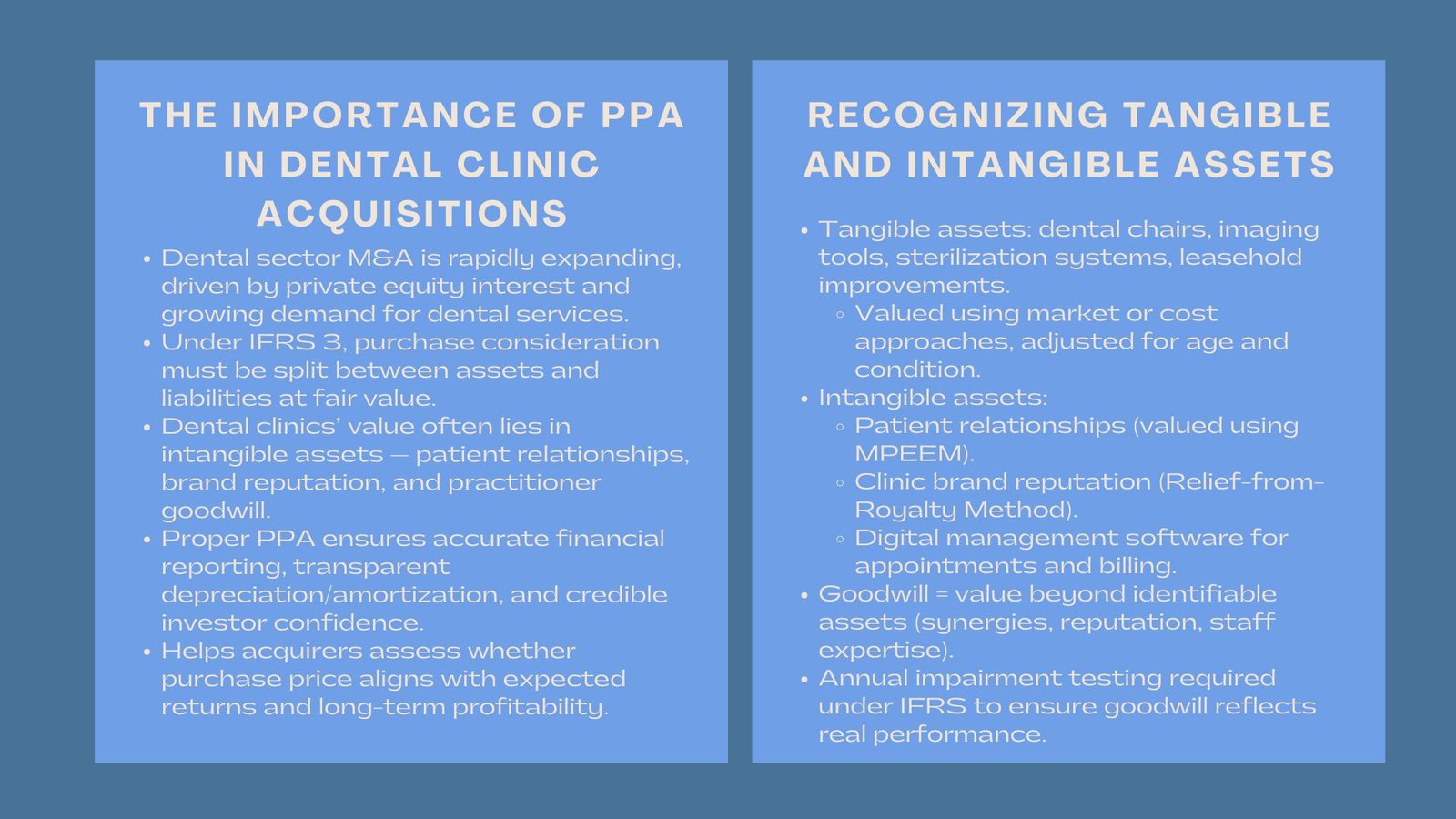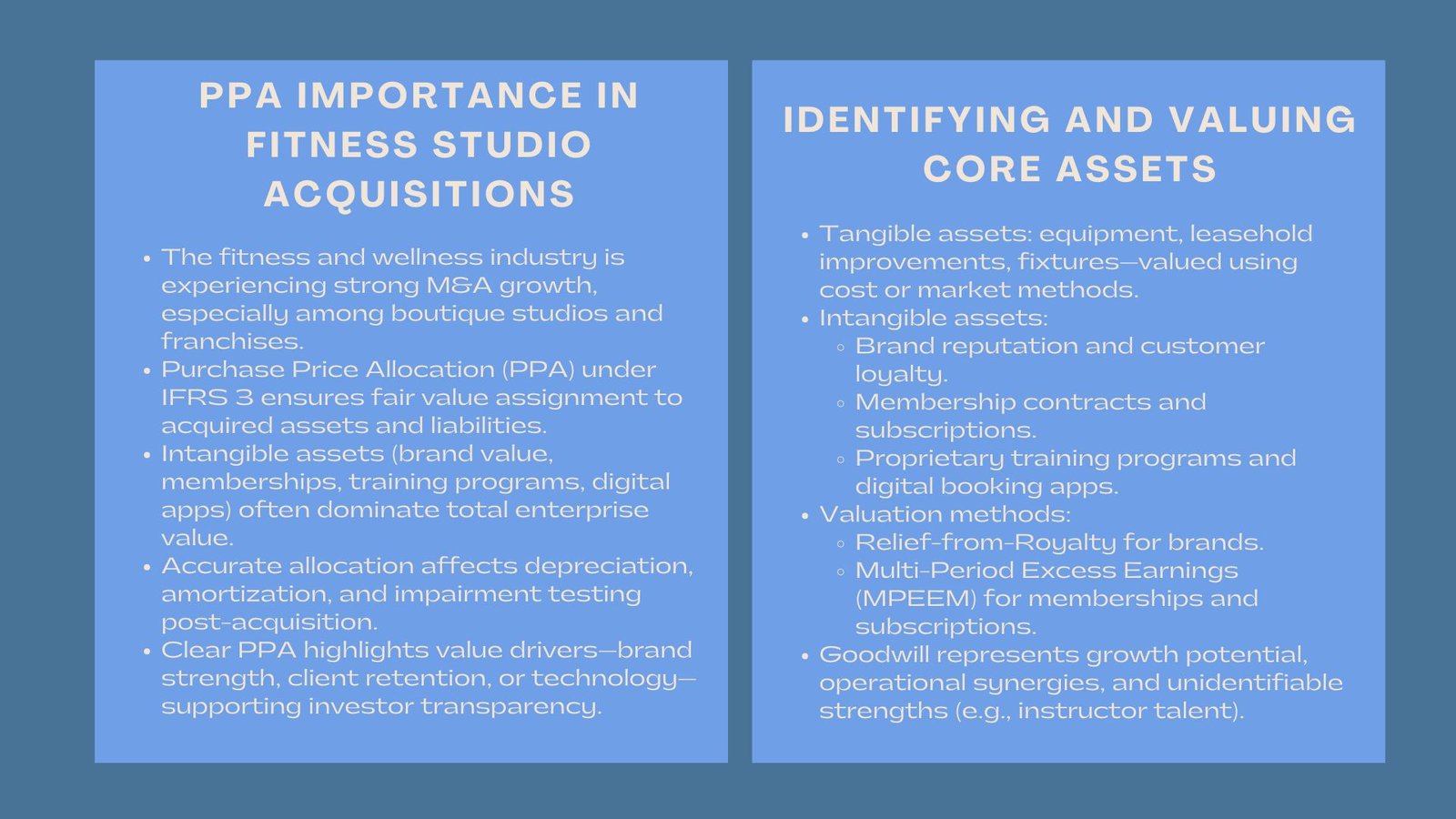
Accredited Intangible Assets Valuation Course
Case Study: PPA for a Technology Start-Up with Intangible Assets
Introduction: Accredited Intangible Assets Valuation Course
The reason behind the uniqueness of technology start-ups as targets of acquisition is that they are highly dependent on intangible assets as opposed to physical property. In such situations Purchase Price Allocation (PPA) can be very instrumental in ensuring that the intellectual property, software and customer relationships are converted into quantifiable financial terms.
When the purchase price is made up of a small percentage of tangible assets, proper allocation of the purchase price is vital in regards to compliance with the regulation, investor transparency and strategic planning. For tech start-ups, where innovation and purchase price allocation for technology start-ups with intangible assets future growth potential are key value drivers, an accurate allocation of purchase price between tangible and intangible assets significantly impacts post-acquisition performance, goodwill recognition, and tax planning.
The case study focuses on the PPA work of a technological start-up that is illustrating how intangible assets create value and goodwill determination and post-acquisition plans. It demonstrates the professional approaches essential to assess the intellectual property, software platforms and contract agreements that are crucial to the understanding of the long-term perspective of the company. It demonstrates how a well-executed PPA not only ensures compliance but also provides a framework for strategic integration and long-term value creation.
Defining Intangible Assets and Their Importance in Modern Business
The intangible assets are now one of the most valuable resources that a company possesses in this modern day knowledge based economy and in most cases surpassing the value of the tangible physical possessions. Intangible assets refer to intangible resources which give future economic advantages to a business. They consist of intellectual property in the form of patents, trademarks, copyrights, trade secrets, customer lists, brand reputation and proprietary technology.
Contrary to the physical assets, intangibles are not tangible and yet they are central to generating a competitive advantage and creating profitability. An example of such intangible assets is the algorithm of Google, brand value of Apple or the formula of Coca-Cola, which have a billions of dollars enterprise value. They are the assets that distinguish the companies within the market, appeal to the customers and maintain the long-term growth.
In today digitalized and globalized world, the significance of intangible assets has increased significantly. In most sectors especially technology, pharmaceuticals, consumer goods and media, intangible assets represent over 70 percent of corporate value. This movement has necessitated the financial professionals to learn about the means of identifying, quantifying and eventually controlling the intangible worth.
Intangible assets have a strategic effect on investment choices, mergers and acquisitions (M&A), brand strategy and financial reporting. They also influence the planning and compliance in tax as their valuation influences the depreciation, transfer pricing, and calculation of goodwill.
Learning to master the concept of intangible assets, professionals can be able to connect innovation, intellectual capital and financial performance, which means that the hidden sources of value will be adequately identified and reported. Knowledge of intangibles is no longer a choice it is a fundamental skill in the accountant, valuer, and business leader of the globalized, innovations-driven economy of the contemporary world.
Why Intangible Asset Valuation Matters under IFRS and Tax Frameworks
This importance on valuation of intangible assets is essential in ensuring transparency in the financial reporting, impartial taxation and effective business decision making. Entities under IFRS standards, especially, IAS 38 (Intangible Assets), and IFRS 3 (Business Combinations) should recognize and measure intangible assets obtained in business combinations at fair value. This will make financial statements represent the real value of intellectual property, brand equity, and other intangible resources that bring profit to a company.
The purchase price allocation (PPA) process under the IFRS 3 is supported by proper valuation of which part of the purchase price is associated with identifiable intangibles (e.g. trademarks, customer relationships) and which part is allocated to residual goodwill. This transparency enables investors, auditors and regulators to have improved evaluation of the post-acquisition performance and the turnover of investment of a company.
Regarding taxation, the value of intangible assets has a direct effect on the transfer pricing, amortization deductions, and calculating the deferred tax. According to the OECD principles on transfer pricing, tax authorities across the world would demand similar valuation principles to avoid shifting of profits and equitable taxation amongst affiliated entities. Misvaluation may cause either compliance risk, tax adjustments or regulation dispute.
In addition to compliance, intangible valuation allows intellectual property (IP) to be managed more effectively. With precise valuation, businesses are able to license their assets, raise funds or negotiate M&A transactions with ease. It also assists in internal decision-making by measuring the financial contribution of innovation, R&D and branding programs.
At a time when intangible assets are the new balance sheet headlines, the credibility, comparability, and investor confidence are guaranteed by IFRS-compliant tax-aligned valuation. To finance practitioners, the art of mastering this field has increased technical competence and employment ability worldwide, making them the experts of marrying precision of accounts and insight of strategic valuation in the changing company sector.
Valuation of Intangible Assets
Most of the tech start-up value is usually in the form of intangible. The future revenue is based on patents, proprietary algae, trademarks and software. To value patents and trademarks, a relief-from-royalty approach is usually utilized estimating the resulting savings on royalty that is associated with possession of the asset. The discounted cash flows (DCF) models are commonly used in case of revenue-generating software platforms in order to predict future cash flows and estimate the present value.
Multi period excess earnings methods are IFRS 3 intangible asset valuation in tech company acquisitions implemented to measure customer relationship and contractual agreement based on the economic gain of service in client retention after acquisition. Technologies at the development stage, which are not necessarily revenue-generating, need valuation on the basis of the scenario in order to come up with estimates.
Trying to put probabilities on various scenarios of development assists in ensuring PPA is reflecting the true value of risk-adjusted value. These methodologies collectively ensure that the PPA reflects the realistic, risk-adjusted value of a technology company’s intangible assets. Proper documentation of these assumptions and valuation techniques strengthens audit readiness, enhances regulatory compliance, and builds investor confidence in the transparency of financial reporting.
Goodwill and Strategic Integration
The amount of excess left in the value of assets and liabilities is known to be goodwill. In technology start-ups, goodwill is usually good growth potential, market positioning, talent retention and capability to innovate. The best integration strategies are those that aim at capacitizing on the intellectual property belonging to start-up and retaining critical staff to sustain the innovations. Goodwill embodies the synergy expected from combining the start-up’s technology capabilities with the acquirer’s financial resources, distribution channels, and market reach. However, unlike other assets, goodwill is not amortized — it is tested annually for impairment under IFRS 3 to ensure that it is not overstated in the financial statements.
Effective implementation of PPA would give financial reporting transparency under the IFRS 3 and provide insight to financial risks and opportunities involved in the acquisition. It facilitates strategic decision-making such as prioritizing the product development, allocation of resources, and market expansion programs. Moreover, transparent goodwill recognition helps maintain investor trust, as it reflects the realistic expectations of future profitability and synergies. When PPA is properly executed and supported by robust valuation methods, it enhances both financial reporting credibility and strategic decision-making.
Conclusion
PPA of the technology start-ups emphasizes the role of intangible assets in the contemporary acquisition. Effective valuation otherworlds innovation to corporate transparency that leads to adherence and investor trust. Beyond compliance with accounting standards, the process ensures that innovation and intellectual property are appropriately recognized as key contributors to enterprise value.
The process, in addition to accounting, facilitates strategic integration, retention of key personnel, protection of intellectual property and acquisition of growth opportunities by acquirers. A strict and documented PPA allows the companies to deal with risk, realize the post-acquisition value, and establish the basis of long-term success. The process also supports strategic objectives such as talent retention, IP protection, and sustainable growth.
In essence, a well-documented and strategically aligned PPA allows acquiring firms to mitigate risks, optimize post-acquisition performance, and unlock long-term shareholder value. As technology-driven industries continue to expand, the capability to evaluate and manage intangible assets effectively becomes a critical differentiator for corporate success.






